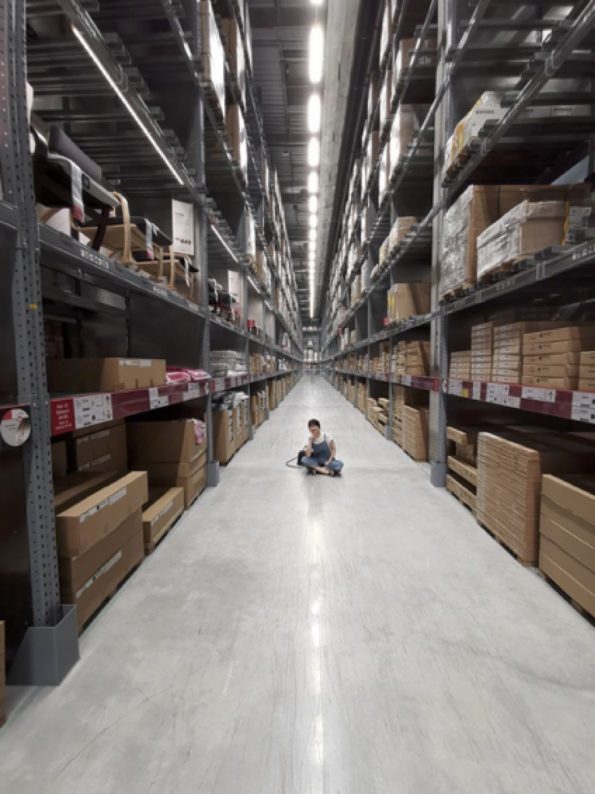Inventory Management Optimization Methods
Any company that sells a product has the difficult task of managing their inventory. Inventory management is the challenge of matching the company’s supply volume appropriately to customer demand. This may sound very simple but, spikes and dips in both supply and demand can be quite challenging to deal with and how well a company can manage this challenge will have a large impact on their overall profits. Inventory Management Optimization is in contrast to the traditional stocking method of stockpiling and purging inventory levels. It aims to much more closely match inventory levels to customer demand. If a company spends on average 10% of the value of the product to store it then every percentage reduction in inventory levels over requirement leads to more money saved and greater profits.
Optimization Products
Dealing with inventory management is never fun. Optimizing it yourself is even worse. You know what your strong suits are and if this isn’t up your alley consider hiring somebody or using a specialized program to assist you in the task. The experts over at Inflow Inventory have put together a program that takes all complications out of the equation. This will help you set up your inventory warehouse and track everything you need to know about the products your business deals with. The website comes loaded with a ton of information about how to best use their product in great detail and offer lots of examples. These types of products can make all the difference when it comes to optimizing inventory levels and every bit of efficiency adds profit to your wallet.
Supply and Demand Prediction
If managing your inventory is balancing having the correct amount of inventory versus the demand of your product all while minimizing the amount of capital spent on inventory then our key focus should be exactly that. It is important to keep an accurate forecast of your expected demand. This can be done by studying last year’s sales cycles. It can be expected that assuming no special condition affects the sales of your product(i.e. Roses on valentine’s day) that sales will mirror or be greater than what last year’s figures were. This is a great place to start. Secondly, you want to balance the other half of the equation by studying your supply and stock levels. You must determine how much of which product is worth keeping on the shelves. It could be that one product is fairly volatile and subject to spikes of demand. Having more of that product on the shelf for exactly that scenario would benefit you greatly. Coincidentally, if you happen to notice that a product is sitting on your shelf for a very long time you may want to reduce your stock of that item to save on storage fees.
Replenishment Reliability
It is important to do business with reliable suppliers. All your number-crunching can be for nothing if you don’t have a supplier delivering on time. You need to have a good supplier to communicate effectively with to minimize the possible downtime of your product. If your product runs out of stock then you are missing out on crucial sales. Make sure to track not only the reliability of your supplier but focus on delivery times, and quantities as well. Try and break down the most effective points to reorder supply so that just as your stock is running out you get a fresh shipment in. This is a very difficult machine to tune-in correctly but once you can get a good replenishment rhythm going with a good reliable supplier, your warehouse should be showing some amazing turnover numbers.
Outsourcing Position
Managing your own company can be crazy stressful. There is always something that needs to get done or that requires your attention. Sometimes it’s worth your time to outsource work
to somebody else who knows what they are doing. Having a dedicated person to handle your inventory levels in combination with inventory optimization methods will increase your company’s efficiency by a great deal. Having one person sit and analyze your inventory levels through digital means and generating usable data will create a system that will always update itself. Your business will then be prepared for every situation whether it be demand or recession.
Integrating Software
In a perfect world, everyone and everything get along. But we don’t live in a perfect world. People don’t always get along and programs and techniques don’t always mesh together nicely. This is why integration is important. If you use any third-party vendors or distributors, then it is important to integrate their systems into your own inventory management techniques. Vendors such as Amazon, Shopify, Squarespace, etc, have their own techniques for maintaining inventory levels, and it would be extremely convenient, to be able to work on both platforms within one program.
Overall, maintaining proper inventory levels within your business, whether it be drop shipping or a physical store can be a demanding task. Inventory levels and demand are prone to fluctuation which can affect the overall profitability of your business. Balance your levels using programs specifically designed for optimizing your inventory. Categorize and sort your products so they are easily discernable and sort them by turnover rate. Increase the efficiency of your business by integrating your inventory systems with your supplier or retailer such as amazon. If all that sounds very overwhelming to you consider hiring somebody to handle your inventory management system for you. It would greatly reduce your workload and give you peace of mind.


